Newsletter
Keep yourself update with our current news for Juwai IQI

HK Property Market May 2025: Office & Residential Trends
The Hong Kong leasing market showed a positive net absorption of 192,000 sq ft in May, notably with OKX Hong Kong FinTech Company leasing a floor at AIRSIDE in Kai Tak. Despite the completion of China Merchants Plaza adding new supply, the overall office vacancy rate improved to 13.6%, with Central and Tsimshatsui seeing drops, although Hong Kong East's vacancy rate rose. Office rents continued their slight downward trend, with Hong Kong East experiencing the most significant decline. In terms of transactions, Litu Holdings acquired a significant share of shop and office units at Kam Chung Building for HKD 388.0 million, despite a previous failed attempt by the Winland Group to secure a compulsory sale of the building at a higher reserve price. In May, the residential property market experienced an overall month-on-month decline of 10.3% in transaction volumes, despite a rise in the primary market being offset by a drop in the secondary market, while mass residential capital values continued their downward trend. Developers, facing a supply glut and tight financing, continued to lower prices, as exemplified by Deep Water Pavilia undercutting other Southside projects. However, lower HIBOR levels positively impacted the primary market, leading to a significant price reduction and rapid sale of units at THE HENLEY. In the luxury segment, a unit at 8 Deep Water Bay Drive commanded a high price of HKD 213.5 million. Source: The Land Registry, JLLDownload the full newsletter for expert analysis and market updates from other countries.Download
21 July

Redefining Retail: The Evolution of Malls into Lifestyle Ecosystems
Malls in the Delhi-NCR region have undergone a significant transformation, evolving from mere shopping centers into comprehensive lifestyle ecosystems. This shift is particularly evident in Grade A retail developments, which now seamlessly integrate commerce, leisure, and culture, offering a diverse range of experiences from global cuisine and luxury fashion to wellness zones, interactive installations, and even co-working spaces. These modern malls have become vibrant cultural and social hubs, attracting visitors not just for shopping, but also for food festivals, music gigs, and other community events, catering to families, couples, and young professionals seeking a holistic destination for retail therapy, fitness, entertainment, and dining. This evolution is reflected in robust market performance, with India's top eight cities witnessing a substantial 55% surge in retail leasing during the March 2025 quarter. While high streets led this growth, malls maintained strong and steady activity, indicating a growing consumer preference for curated retail environments. Delhi-NCR leads this trend, driven by innovative developers who are creating spaces with a data-driven retail mix, combining luxury brands with high-street names, wellness studios, gaming arcades, and artisanal cafés. These enhanced spaces feature intelligent zoning, seamless navigation, biophilic design, and technology-enabled services like smart parking and loyalty apps, all designed to elevate the consumer journey as retail continues its dynamic evolutionDownload the full newsletter for expert analysis and market updates from other countries.Download
21 July
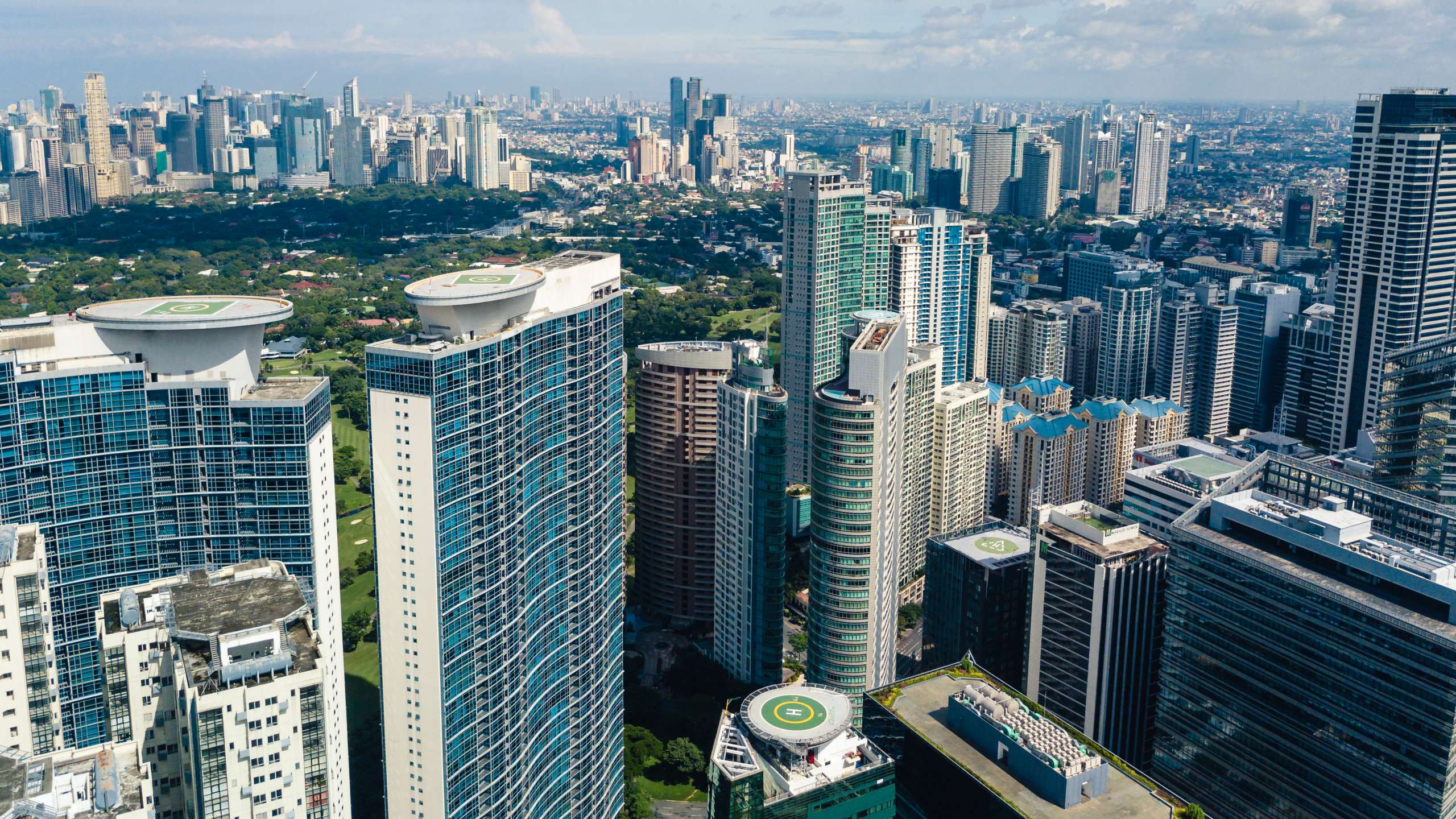
Philippine Real Estate 2025: Resilient Growth and Emerging Opportunities Beyond Metro Manila
In the second half of 2025, the Philippine real estate market is showing renewed momentum, spurred by infrastructure developments, hybrid work preferences, and the growing influence of Overseas Filipino Workers (OFWs) as property investors. Metro Manila remains pivotal, but provincial cities like Cebu, Davao, and Iloilo are becoming vibrant growth centers, driven by the government's "Build Better More" infrastructure initiative. Meanwhile, vertical living is evolving with post-pandemic preferences—buyers now prioritize condos offering home-office flexibility, open-air access, and smart amenities. OFWs are increasingly investing in income-generating properties, and the digitalization of property transactions is transforming the market experience, led by tech-forward firms like IQI Philippines. Looking ahead, demand remains robust for mid-market and affordable housing, especially in emerging BPO and industrial zones. Townhouses, house-and-lot offerings, and sustainable developments are attracting millennials and returning Filipinos. Meanwhile, the commercial sector benefits from e-commerce-driven growth in logistics and warehousing. Despite a generally optimistic outlook, challenges linger: high interest rates, elevated construction costs, and political or economic uncertainties are prompting some buyers to remain cautious. Nonetheless, the broader trend suggests a resilient and adaptive market, poised for sustained growth.Download the full newsletter for expert analysis and market updates from other countries.Download
21 July
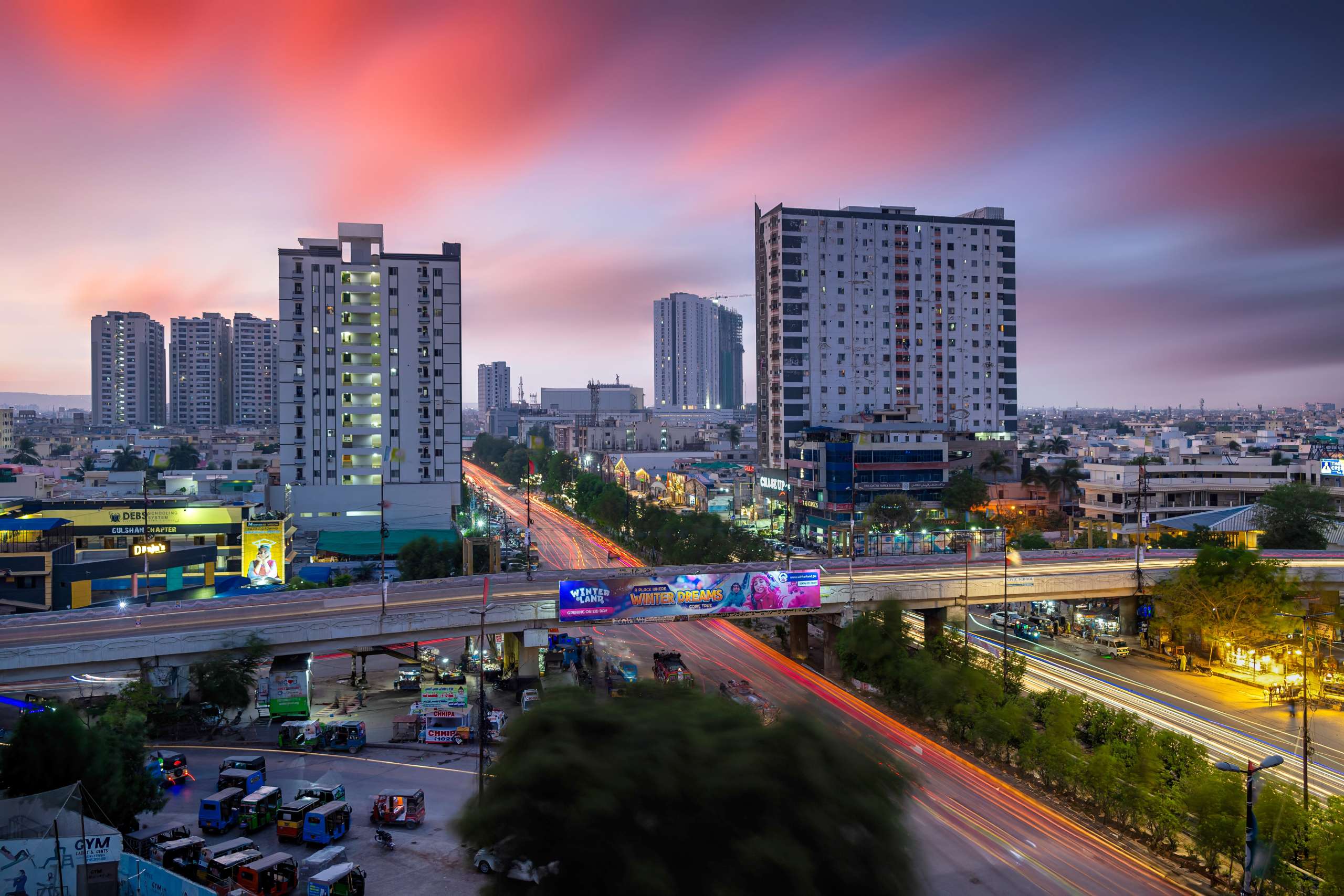
Pakistan’s Real Estate Boom: Growth Fueled by CPEC, Reforms & Smart Cities
Pakistan's residential property sector is demonstrating solid growth, with prices rising steadily at 8-10% annually in major cities like Karachi, Lahore, and Islamabad. This growth is largely fueled by extensive infrastructure development under the CPEC umbrella and initiatives like the Naya Pakistan Housing Scheme, which are driving urban expansion and increasing demand, particularly within the mid-income and affordable housing segments. Rental yields in prime areas, hovering around 5-7%, further establish real estate as a dependable asset class. Concurrent policy reforms, including tax amnesty schemes, revised valuation tables, and capital gains reforms, are formalizing the sector, reducing speculative activity, and enhancing stability and transparency, ultimately benefiting serious investors and end-users. Private developers are increasingly adopting smart-city concepts and developing gated communities with integrated utilities, green zones, and robust security infrastructure, thereby redefining urban living standards. This shift is leading buyers to prioritize quality-of-life features in their investment decisions. For investors, the Pakistani real estate market offers a compelling blend of affordability, high rental yields, and long-term capital appreciation. The improved regulatory oversight and formalization are mitigating risk, especially for investments in approved, well-located, and developer-backed projects. Strategic investments in emerging areas with strong infrastructure growth are poised to deliver significant returns, while rental income provides a reliable passive cash flow. Therefore, aligning with policy developments and prioritizing quality over speculation is paramount for successful investment in this evolving market. Download the full newsletter for expert analysis and market updates from other countries.Download
21 July
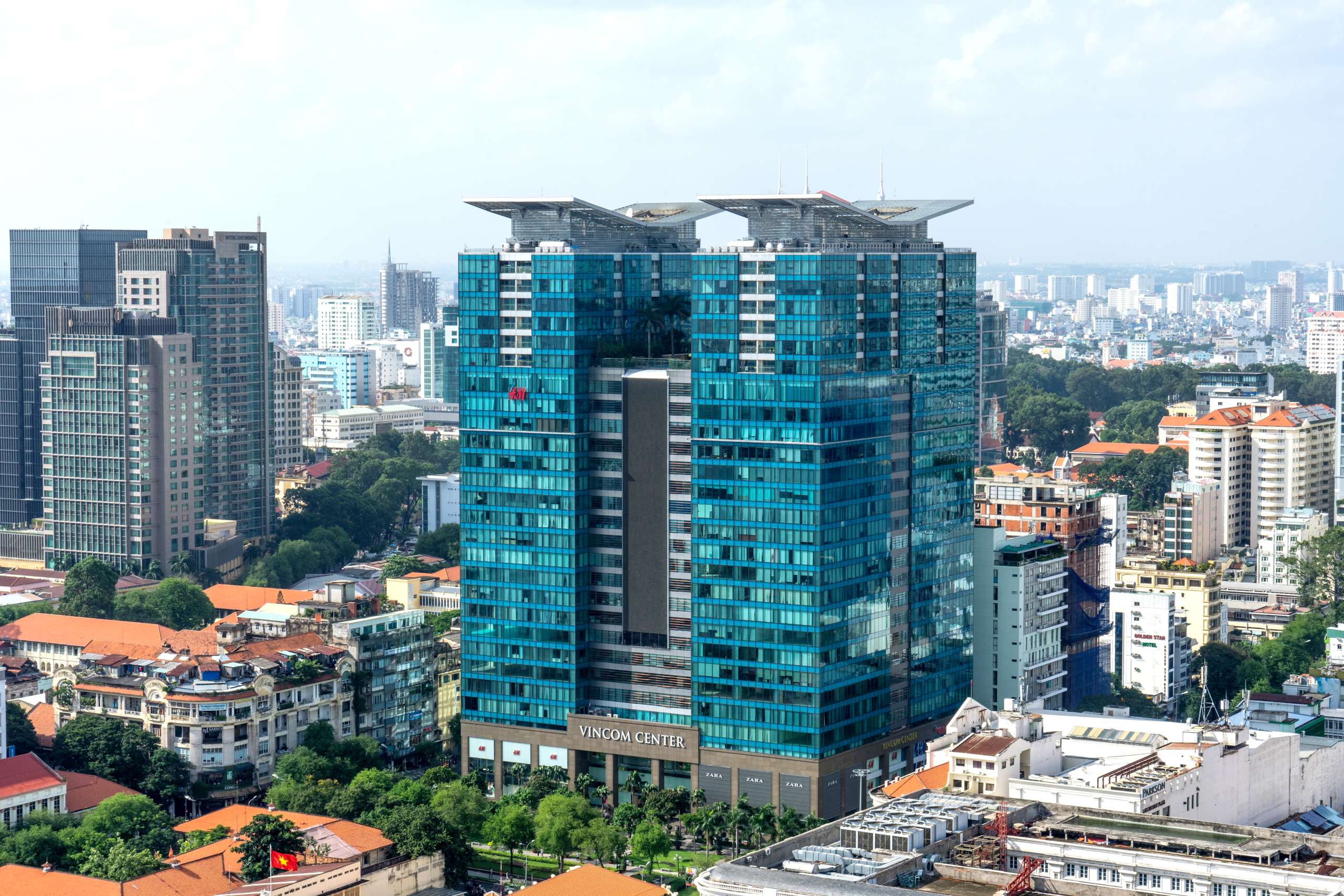
Vietnam’s Residential Real Estate Rebounds: Foreign Investment Surges Amid Infrastructure Boom and Policy Reforms
Vietnam's residential real estate sector is witnessing a strong revival in foreign investment, with FDI reaching USD 4.8 billion in the first half of the year—a 2.4-fold increase from the same period in 2024. While newly registered capital accounted for 24% of this total, much of the growth stemmed from capital adjustments, reflecting sustained investor confidence. Singapore led the charge with over USD 2.4 billion in investment, followed by China, Sweden, and Japan. This surge comes despite broader global economic challenges, underscoring Vietnam’s continued appeal due to its stable macroeconomic environment, investor-friendly policies, and promising long-term prospects. Infrastructure advancements are a key driver, with national megaprojects like the North-South Expressway and Long Thanh International Airport boosting connectivity and fueling interest in suburban and secondary markets. Additionally, the upcoming Telecommunications Law 2023, set to take effect in early 2025, is expected to ease regulatory constraints and further enhance the country’s investment landscape. While short-term uncertainties remain, Vietnam’s real estate market stands out as a strategic choice for investors targeting sustainable growth in Southeast Asia. Download the full newsletter for expert analysis and market updates from other countries.Download
21 July
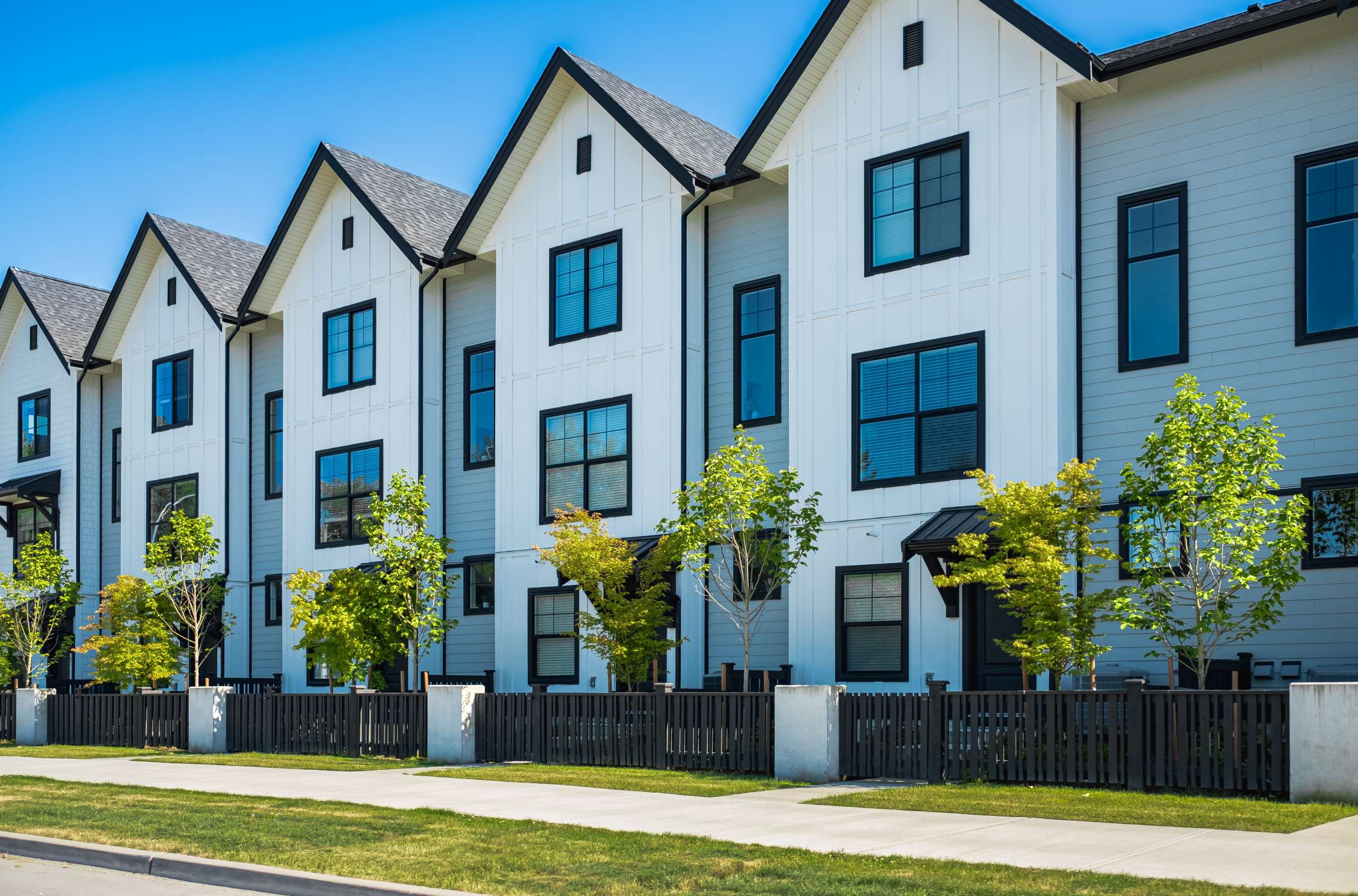
Navigating Canada’s Real Estate in June 2025: From Stabilization to Local Dynamics
As of June 2025, Canada's real estate market shows initial signs of stabilization, with national home sales seeing their first monthly increase since late 2024, though still below historical averages. The market is nationally balanced, but regional variations persist, with Ontario favoring buyers while Quebec and Alberta lean towards sellers. Home prices are still declining, particularly in high-cost markets like Toronto and Vancouver, despite some support from Bank of Canada rate cuts being offset by ongoing economic uncertainty. Across major Canadian cities, Toronto's GTA housing market experienced a gradual recovery in June, marked by increased listings and improved affordability, with sales slightly down year-over-year but a significant rise in new listings allowing buyers more negotiation power and leading to a 5.4% annual drop in average selling price. Vancouver also showed early signs of recovery, with sales improving from May's sharp decline, and active listings at a multi-year high, contributing to a 2.8% year-over-year decrease in the composite benchmark price and creating favorable conditions for buyers due to lower mortgage rates. In contrast, Montreal's real estate market remained robust, characterized by strong year-over-year sales growth, rising prices for single-family homes and condos, and low inventory, maintaining a competitive seller's market heading into summer. Download the full newsletter for expert analysis and market updates from other countries.Download the full newsletter for expert analysis and market updates from other countries.Download
21 July
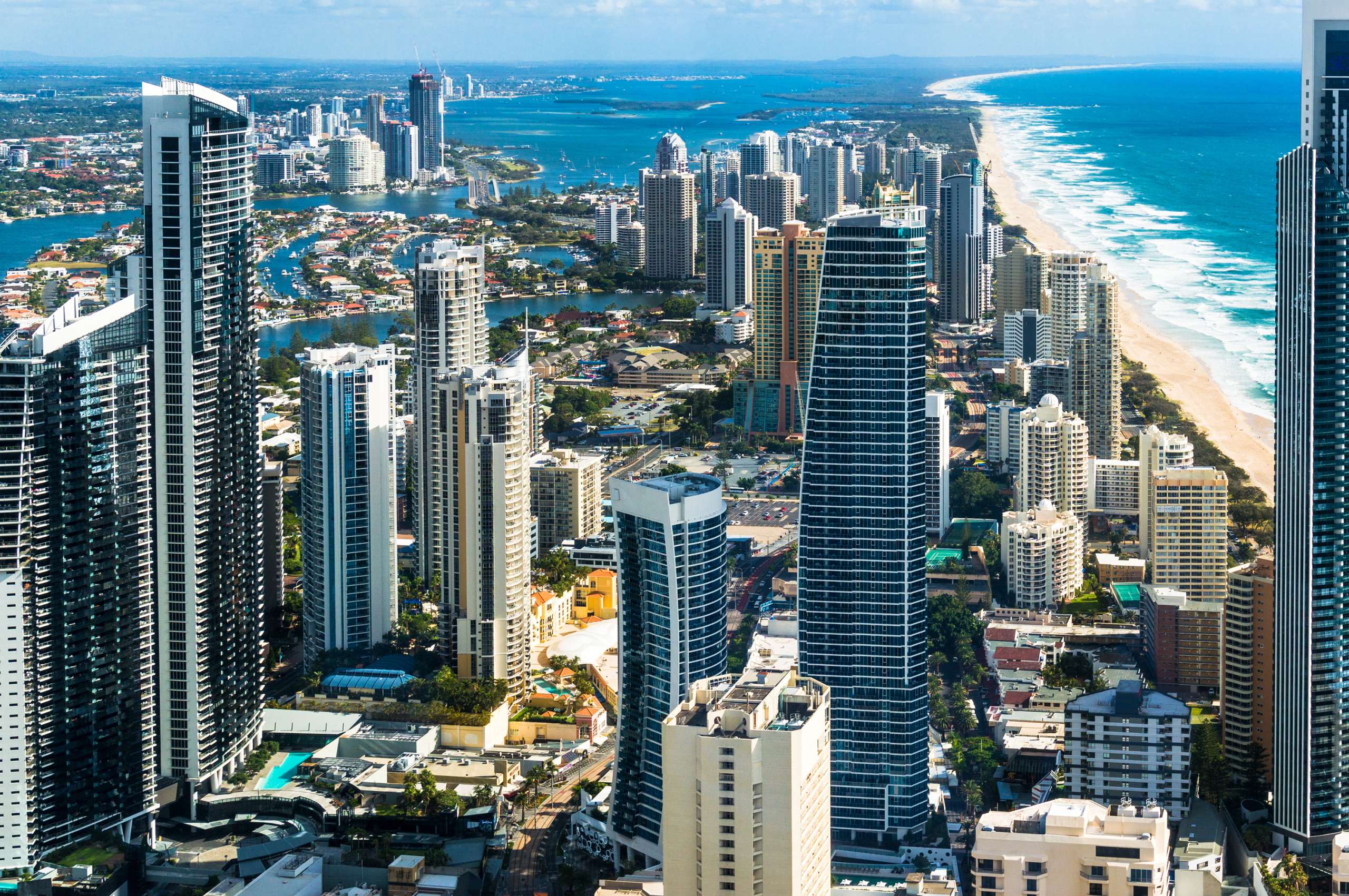
Australia’s Housing Market Climbs for Fifth Straight Month as Rate Cuts Fuel Optimism
Australia’s housing market extended its upward momentum in June, with national home values rising 0.6%, continuing a five-month streak of growth. This recovery follows a brief dip earlier in the year and is being driven by widespread regional gains—Hobart was the only capital city to record a minor decline. Quarterly, home values rose 1.4%, an acceleration from the 0.9% increase in Q1, signaling strengthening market sentiment. Falling interest rates since February, coupled with expectations for further cuts, have bolstered buyer confidence and lifted auction clearance rates. However, growth remains moderate compared to the pandemic-era boom. Supply constraints are reinforcing price resilience, with for-sale listings down 6% year-over-year and 17% below the five-year average. Capital cities have recently started to outperform regional markets on a monthly basis, although regions still lead on a quarterly scale. Darwin emerged as the top performer among capitals with a 4.9% quarterly rise, reaching new record highs, while Perth and Brisbane continued their strong runs. National home values are up 3.4% over the financial year, and if current trends hold, annual growth could reach 5.8%—just above the decade average. Still, affordability remains a limiting factor for how far prices can rise. Download the full newsletter for expert analysis and market updates from other countries.Download
21 July

Juwai IQI Newsletter – Real Estate Market – July 2025
The global real estate market saw mixed results in July, with some areas improving and others struggling.What else have you missed in July 2025Click here now for more info!Download
1 July

































